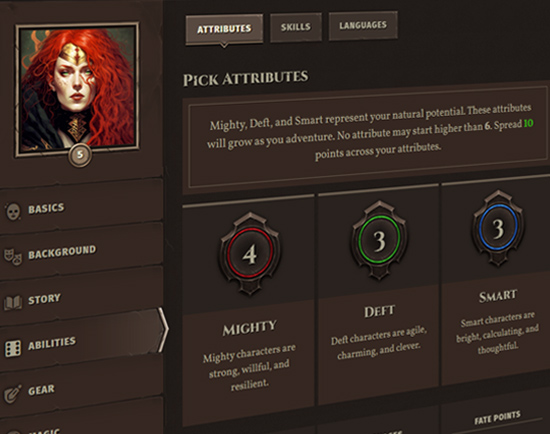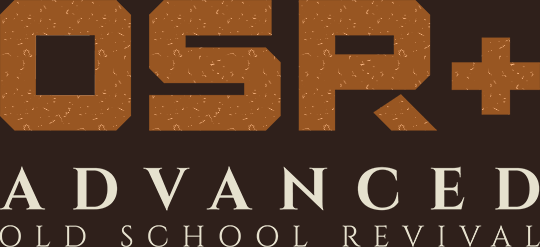So you have a solid premise and you've got your table interested in it. You wrote up a setting overview that describes, in broad strokes, the physical place that the adventure will take place and what factions are operating in that place. Then you ran session zero, where you presented a pitch deck that illustrates the premise, and now you have a bunch of story hooks from your players that give you a hint about what their heroes are after. They're motivated to work together through their individual conflicts, and the bonds they rolled bind them together as a party.
Now it's time to put together the adventure itself. It feels like a daunting task. You have the whole world at your fingertips, and no idea where to start.
The good news is that while running an adventure is more art than science, constructing an adventure in OSR+ is more science than art.
Node-Based Scenario Design
What this guide is going to elaborate on is a simplification of an approach to designing adventures called node-based scenario design, originally codified by Justin Alexander at The Alexandrian. I strongly recommend you visit The Alexandrian and read everything Justin Alexander has written. (Also, buy his book!)
This section of the guide uses his approach as a basic framework, borrowing fundamental concepts and reskinning terminology as needed to suit OSR+. If you want to learn advanced techniques that will fundamentally change the way you look at adventure design, The Alexandrian is the place to continue reading.
With that said: this guide will take you through the process of designing the adventure module Monsters in Merovia (from the campaign setting A Quest of Queens) as an example.
 Archetypes
Archetypes Armor
Armor Classes
Classes Conflicts
Conflicts Cultures
Cultures Ethos
Ethos Flaws
Flaws Glossary
Glossary Kits
Kits Maleficence
Maleficence Origins
Origins Shields
Shields Skills
Skills Spells
Spells Stances
Stances Status Effects
Status Effects Tactics
Tactics Talents
Talents Techniques
Techniques Treasure
Treasure Weapons
Weapons











 Hall of Heroes
Hall of Heroes Hall of Legends
Hall of Legends



 Dungeons & Flagons
Dungeons & Flagons